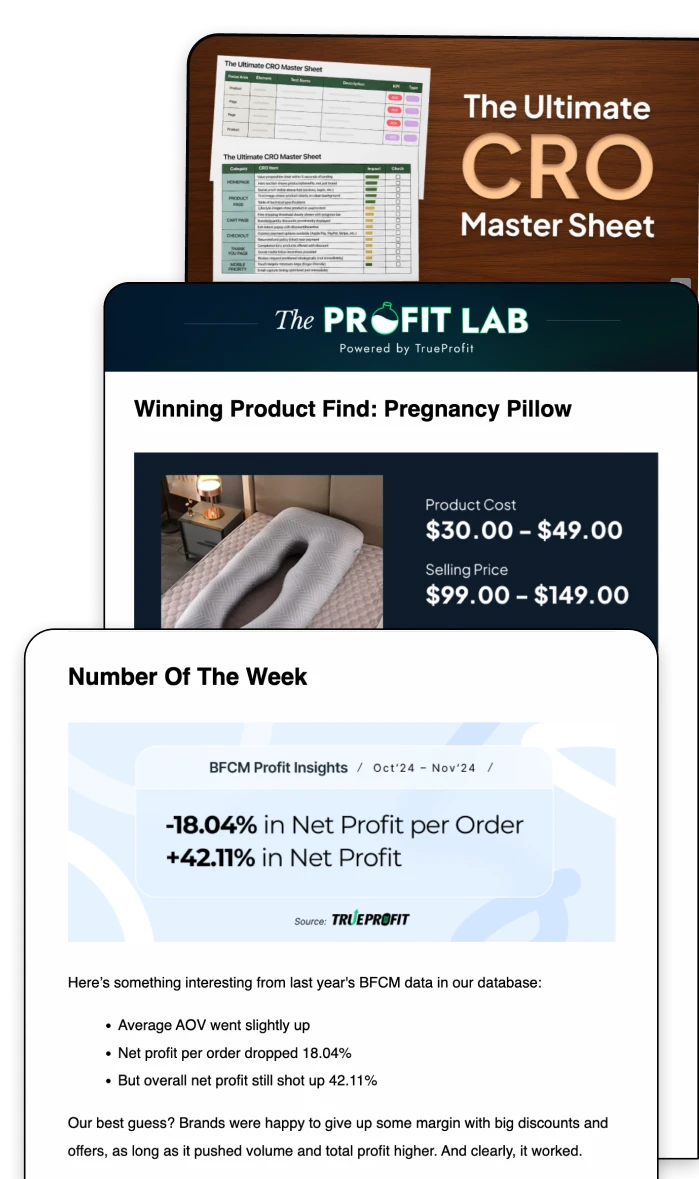Revenue vs Income: What’s the Difference? (eComm-Friendly)

Revenue and income aren’t the same thing—but many store owners confuse the two. If you're running an eCommerce business, understanding the difference between revenue and income helps you make smarter decisions, track your store’s performance, and plan for sustainable growth.
Quick Answer: Revenue vs. Income
- Revenue (aka gross revenue or sales) is the total amount you earn from selling products or services.
- Income (aka net income or net profit) is what’s left after subtracting all your costs and expenses from that revenue.
Think of revenue as the top line, and income as the bottom line. They're both on your Profit & Loss (P&L) statement —but they represent very different stages of your store’s financial health.
Understanding the difference between revenue vs income is crucial for any eCommerce business owner who wants to keep their finances clear and make smarter business decisions.
What Is Revenue?
Revenue is the total amount of money your store earns from selling products or services. It’s often referred to as gross revenue before any deductions. This is the "top line" on your income statement because it's the starting point for calculating everything else.
Gross income vs Gross revenue vs Net Income
- Gross Revenue: All sales before any deductions.
- Gross Income (or Gross Profit): Revenue minus the cost of goods sold (COGS).
- Net Income: What remains after subtracting all other expenses like marketing, shipping, software subscriptions, and taxes.
Example:
Let’s say your Shopify store sells $100,000 worth of products in a month.
- Gross Revenue = $100,000
- Cost of Goods Sold = $40,000
- Gross Income = $60,000
- Operating Expenses = $30,000
- Net Income = $30,000
Even though your revenue is six figures, your actual income is only $30,000.
What Is Income?
Income tells you how much money your business actually makes after paying its expenses. Think of it as your bottom line—what’s left after COGS, advertising spend, shipping, SaaS tools, salaries, and taxes.
Income is usually reported as net income, but it’s important to understand there are multiple income figures:
- Operating Income: After core business costs but before taxes and interest.
- Net Income: After all expenses.
Net Revenue vs Net Income
These are two separate things:
- Net Revenue is gross revenue minus refunds, discounts, and returns.
- Net Income is what’s left after all expenses are deducted, including product costs, ad spend, and taxes.
Revenue vs Income: Real eCommerce Example
Item | Amount |
|---|---|
Total Sales (Revenue) | $10,000 |
Cost of Goods Sold (COGS) | $4,000 |
Advertising & Marketing | $1,000 |
Shipping & Handling | $500 |
Operating Expenses | $2,000 |
Net Income (Profit) | $2,500 |
This example shows a store with $10,000 in revenue, but after subtracting all costs and expenses, the net income is $2,500 — the real money earned.
To learn more, check out our extensive guide on top 15+ ecommerce metrics to track.
Why Understanding the Difference of Revenue vs Income Matters for eCommerce
In the fast-paced world of eCommerce, it’s easy to get distracted by revenue milestones—your first $10K month, $100K launch, or viral product sellout. But revenue alone doesn’t tell the whole story. Understanding the difference between revenue and income gives you the clarity to grow a sustainable business, not just a busy one. Here’s how it helps:
Price products effectively
Revenue tells you what your products sell for, but income tells you what you’re actually earning after all expenses. Without understanding income, you might think a best-seller is driving growth—when it’s barely breaking even due to high COGS or ad spend.
Manage cash flow with precision
Many Shopify stores look healthy on the surface with strong top-line sales, but struggle to cover inventory, shipping, or marketing costs. Income reflects your true financial health, helping you avoid cash flow crunches that can stall growth.
Make smarter marketing decisions
Spending more to make more only works when your income justifies the investment. A product might generate $50K in revenue but leave you with razor-thin income due to returns, discounts, or high acquisition costs. Tracking income helps you cut inefficient campaigns and double down on profitable ones.
Plan for growth with confidence
Revenue growth looks impressive in charts—but income is what funds your next hire, inventory order, or product launch. When you track income over time, you can make strategic decisions on when to reinvest, scale, or pivot.
How To Simplify Revenue and Income Tracking?
Tracking these metrics manually can get complicated as you scale. Tools like TrueProfit automate this by calculating your real-time revenue, gross income, and net income at the product and order level. It helps you see which products are profitable, spot cost leaks, and make smarter decisions.
If you want to simplify your financial tracking and get clear, real-time insights into your revenue and income, check out TrueProfit — the #1 profit analytics solution trusted by thousands of top Shopify sellers to boost profitability and grow confidently.
Revenue and income might sound similar, but they tell different stories about a business. Revenue shows how much money is coming in, while income reveals what’s left after covering all the costs. Knowing the difference helps you get a clearer picture of how well a company is really doing.
Irene Le is the Content Manager at TrueProfit, specializing in crafting insightful, data-driven content to help eCommerce merchants scale profitably. With over 5 years of experience in content creation and growth strategy for the eCommerce industry, she is dedicated to producing high-value, actionable content that empowers merchants to make informed financial decisions.





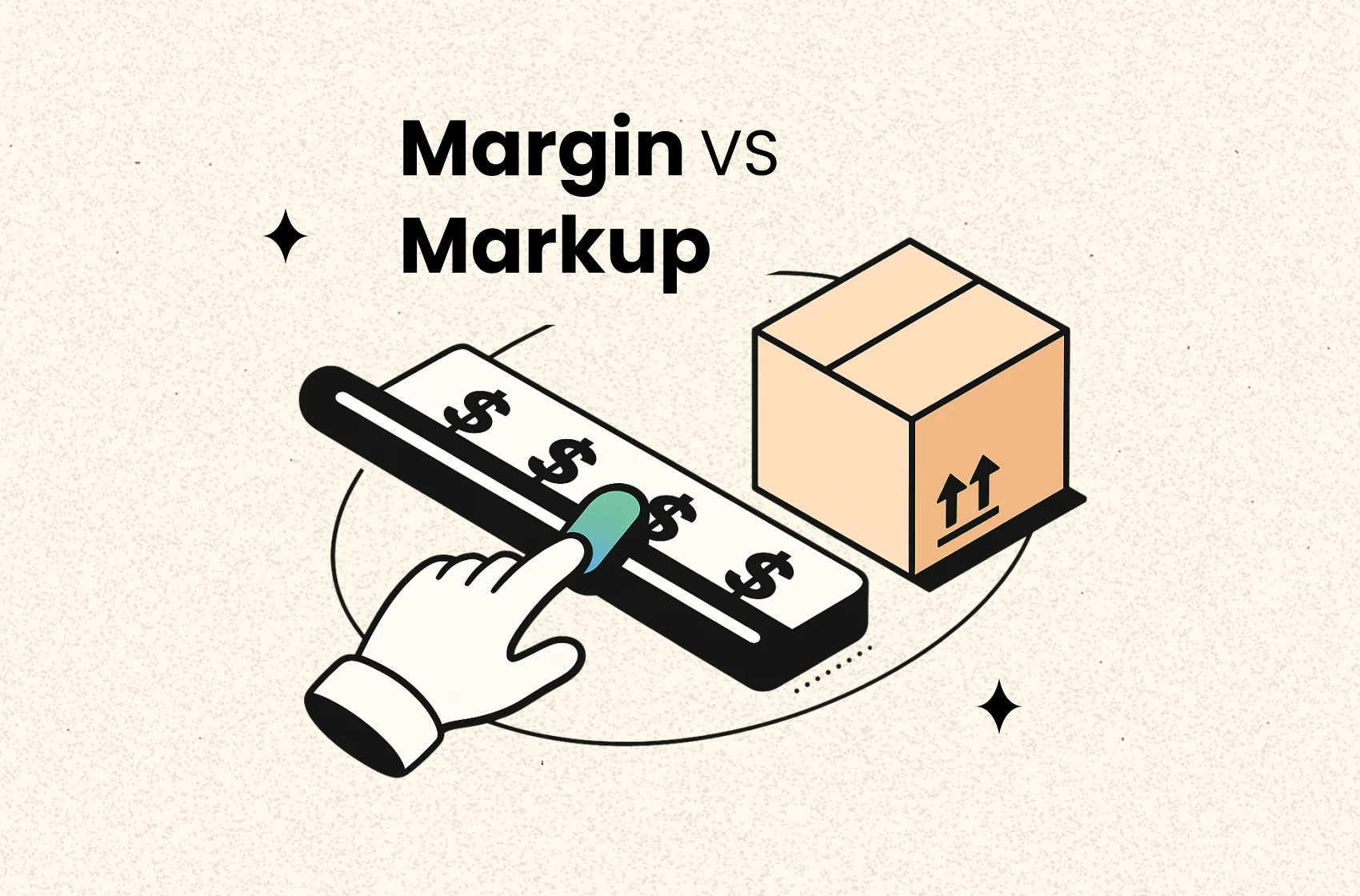


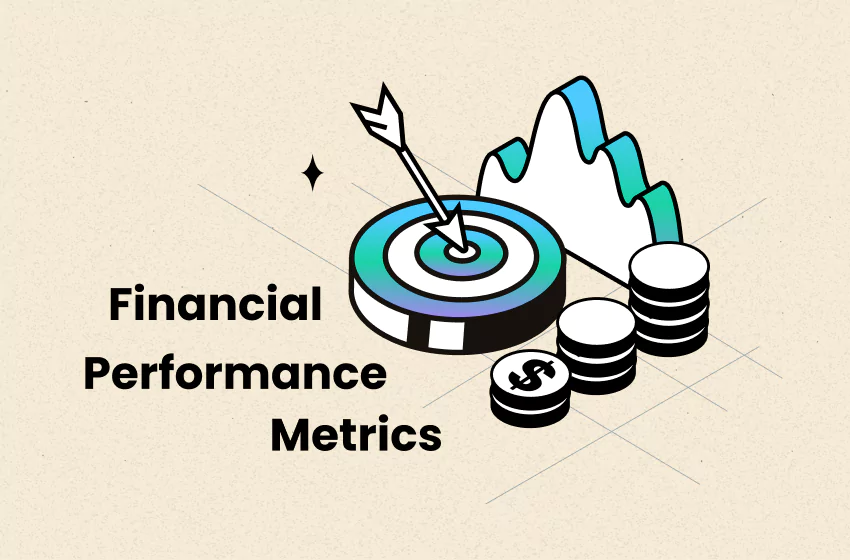
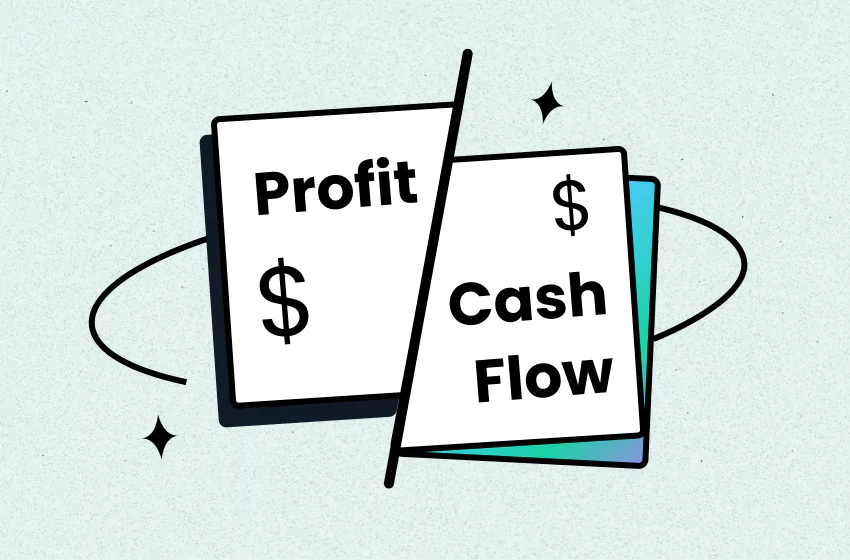


![What Is a Good Gross Profit Margin? [2025 Benchmarks]](https://be.trueprofit.io/uploads/Gross-profit-margin.webp)
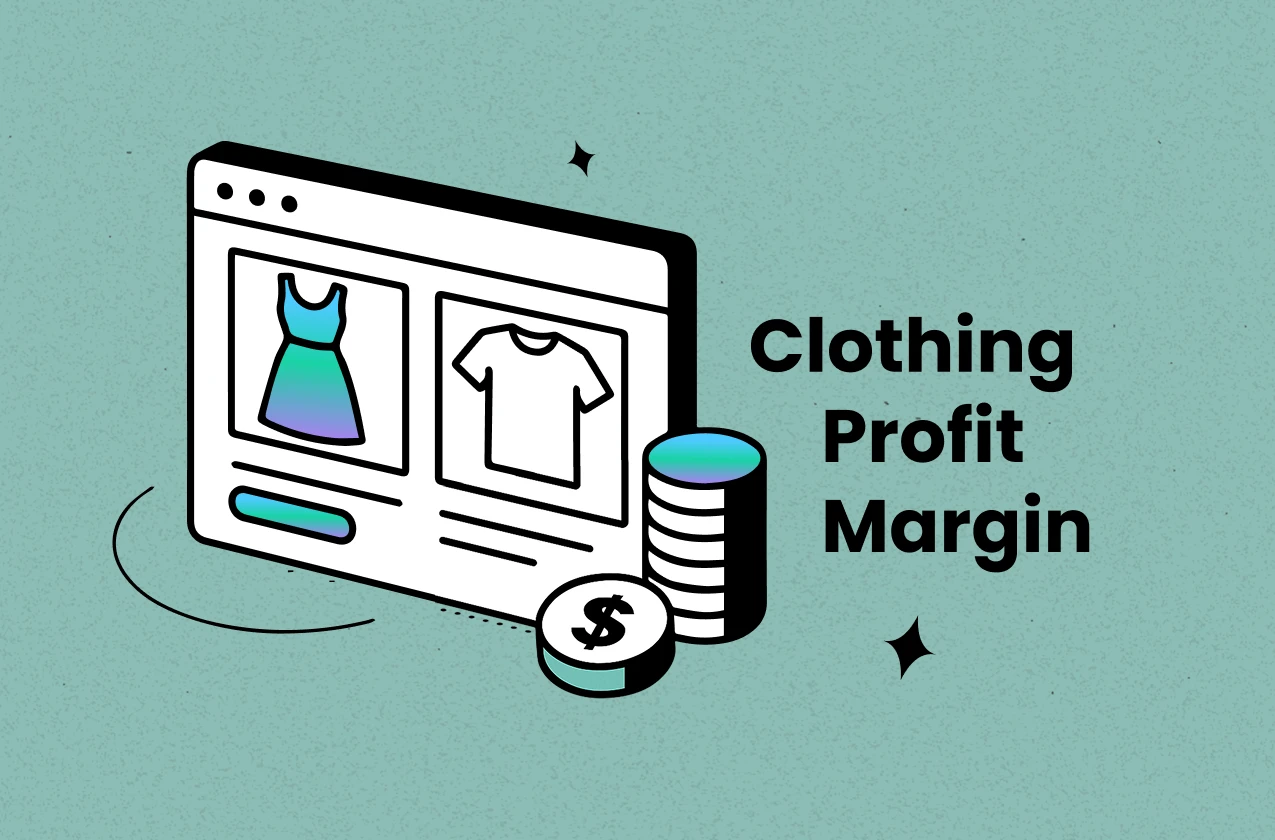
 Shopify profits
Shopify profits